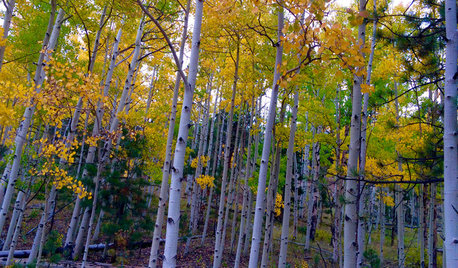epigenetics
lundaesundae
10 years ago
Related Stories

TRADITIONAL STYLEDecorating With Antiques: Luxurious Linens
Bring quality, comfort and a sense of old-world romance to your rooms with vintage tablecloths, sheets, napkins and more
Full Story
EARTH DAY‘Terroir’ Brings a Sense of Place to Your Landscape
Species native to and characteristic of your region firmly root your garden and landscape
Full StorySponsored
Columbus Area's Luxury Design Build Firm | 17x Best of Houzz Winner!
More Discussions






fcivish
digdirt2
Related Professionals
Canton Landscape Architects & Landscape Designers · Glendora Landscape Architects & Landscape Designers · Seabrook Landscape Architects & Landscape Designers · Southfield Landscape Architects & Landscape Designers · Hollywood Landscape Contractors · Mashpee Landscape Contractors · New Brighton Landscape Contractors · Jefferson Valley-Yorktown General Contractors · Leavenworth General Contractors · River Forest General Contractors · Rossmoor General Contractors · Centerville Stone, Pavers & Concrete · Boone Decks, Patios & Outdoor Enclosures · Highland Springs Decks, Patios & Outdoor Enclosures · Woodland Hills Decks, Patios & Outdoor Enclosureshoosier40 6a Southern IN
lundaesundaeOriginal Author
seysonn
digdirt2
Starfinder
mule
Aenon
seysonn
JoppaRich
johns.coastal.patio
fairfield8619
JoppaRich
seysonn